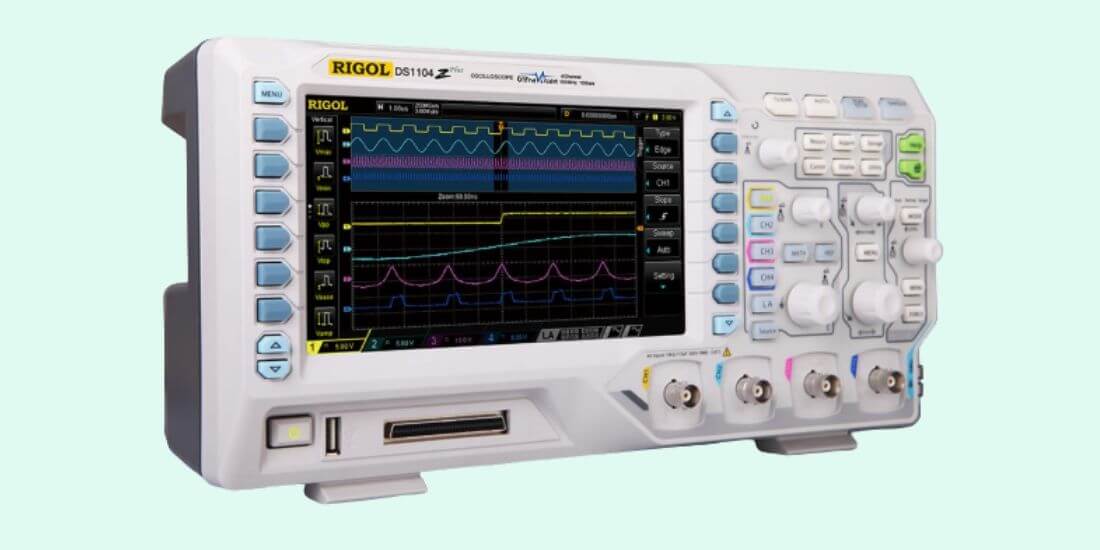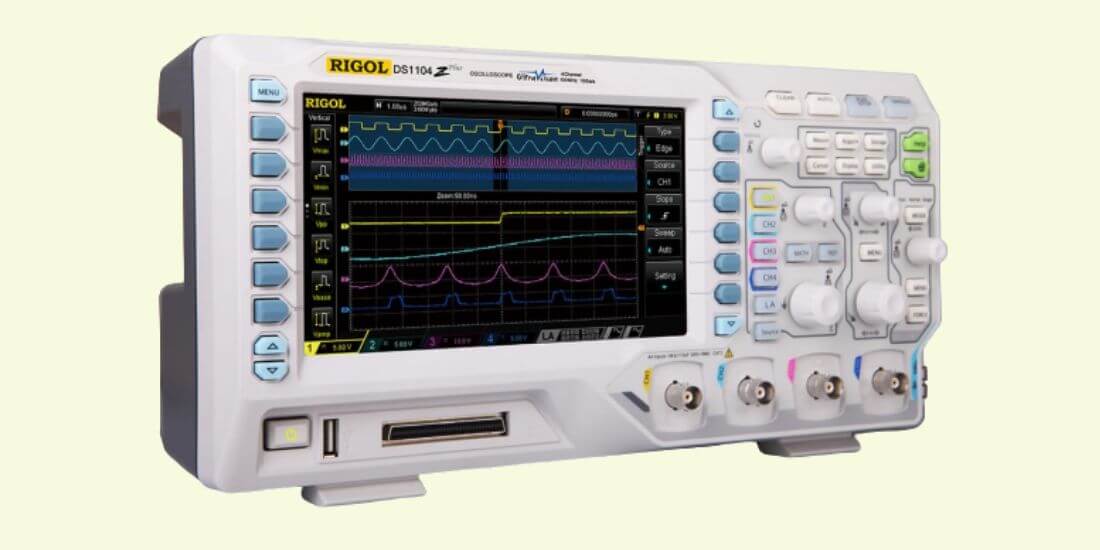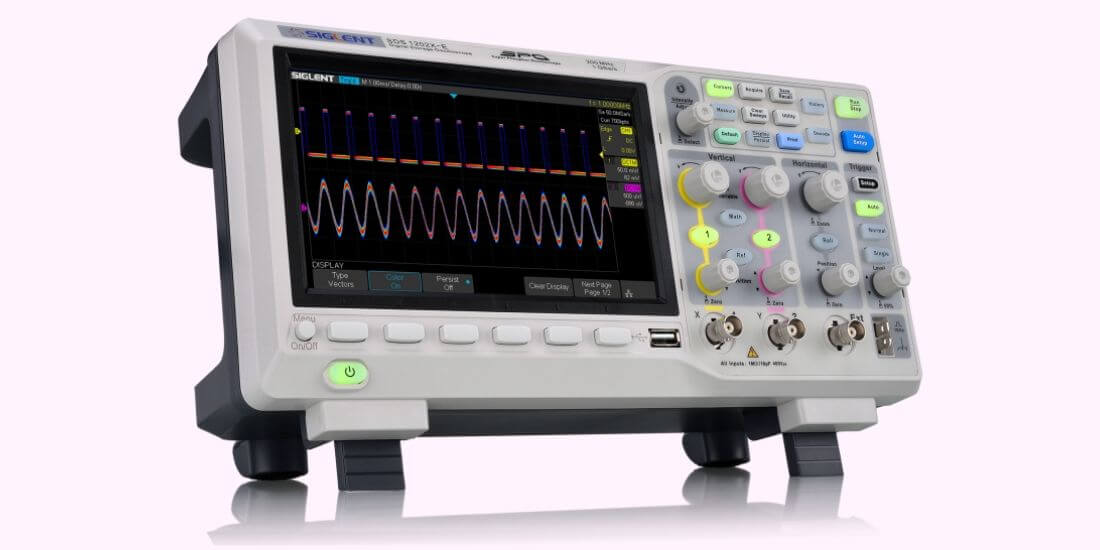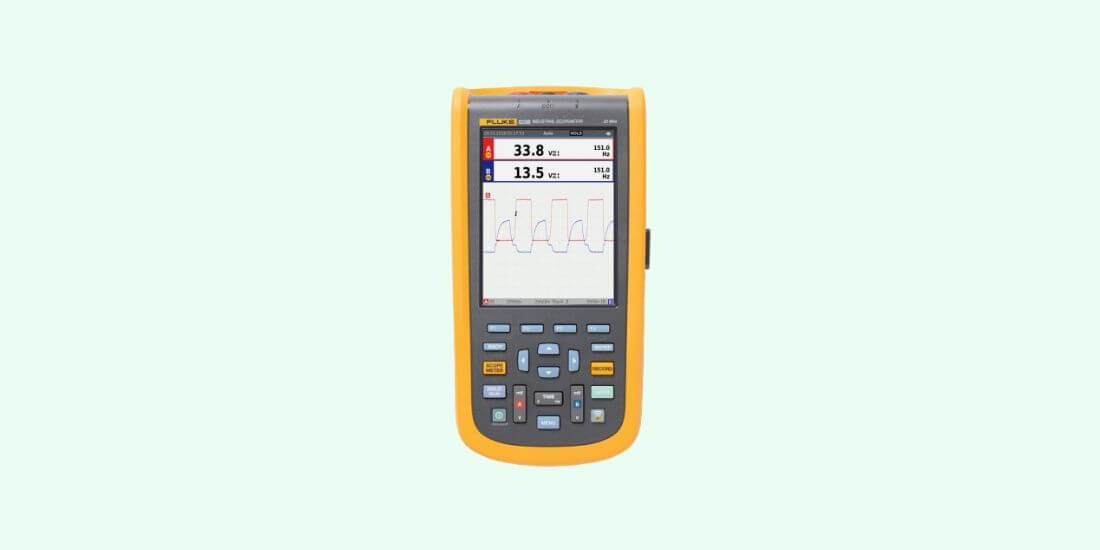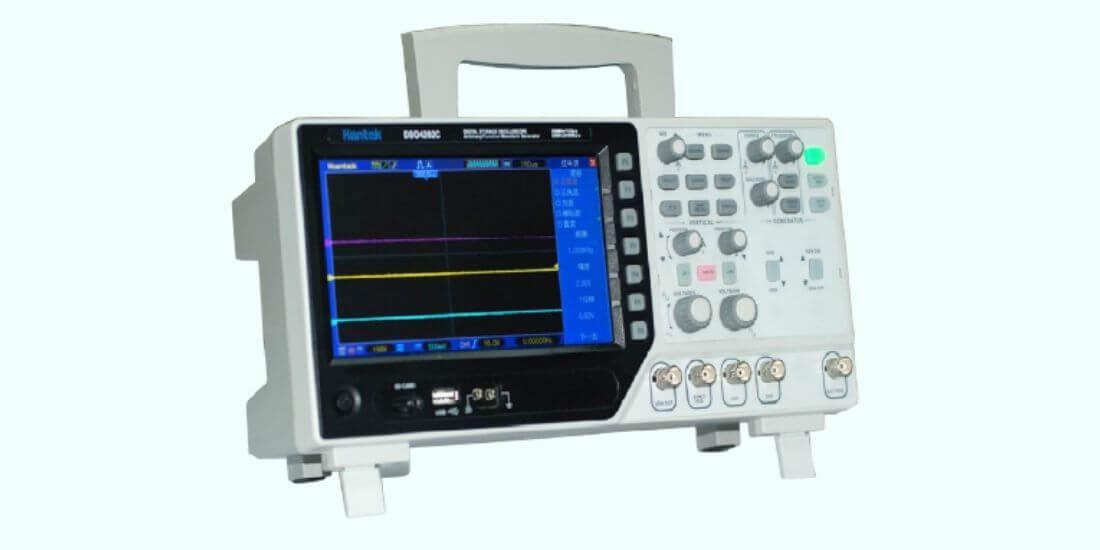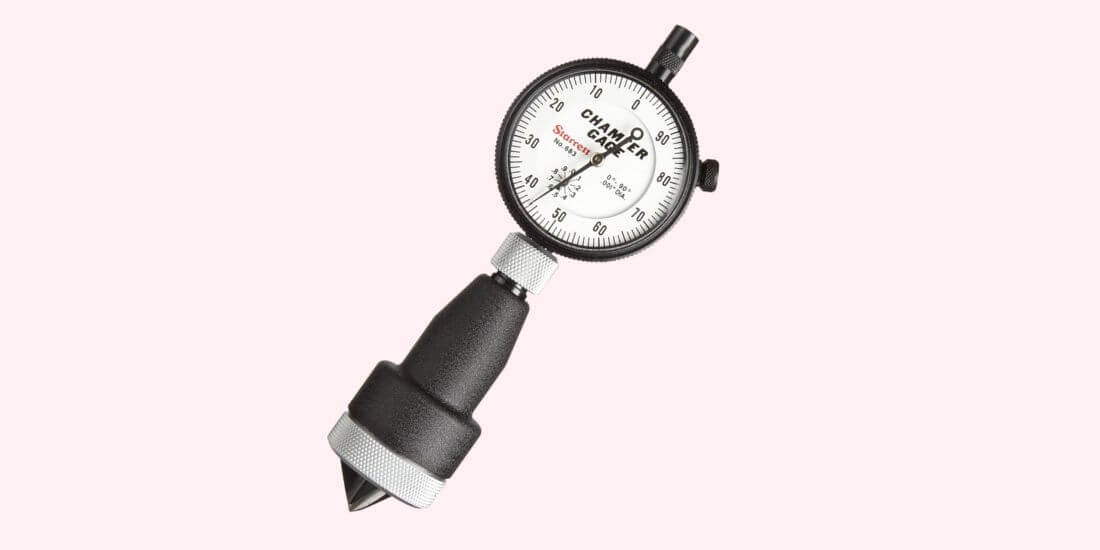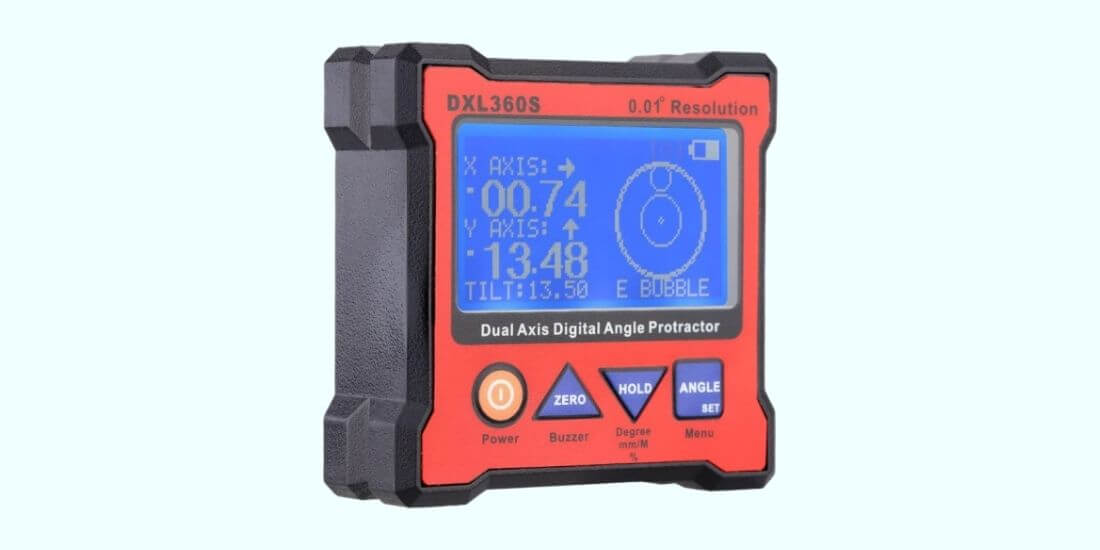You may have heard the term renewable energy thrown around a lot in recent years, as many experts and politicians think fighting for more renewable energy sources in America is vital to keep our future civilization thriving. The innovation of today is working toward lowering costs and creating a more reliable clean energy future.
If you find yourself wondering “what is renewable energy,” we will explain everything you need to know about renewables and how they can impact your home life. This is your complete and simple guide to understanding renewable energy, from what it is and why it’s so important today to what you can do to use emerging renewable energy technology in your home today.
What’s the Deal with Renewable Energy?
Renewable energy, unlike a simple alternative to fossil fuels, is generated from natural sources that can replenish itself continuously. Where fossil fuels like oil, coal, and natural gas will eventually run out, these energy sources cannot be exhausted. They renew automatically, and people harness the energy to find different ways to power their homes or businesses.
Also called clean energy or green power, renewable energy does not pollute the surrounding environment. The main reason people don’t use renewable energy more widely, however, comes down to the issue of harnessing the power and storing it for our electricity needs. Fossil fuels are cheaper as well, so using them is often the cheaper and easier option.
Before the mid-1800s, wood was America’s main source of energy for cooking, light, and heating. Today, fossil fuels like natural gas, coal, and petroleum are our major sources. The problem is that more fossil fuels used emitted more carbon dioxide into the country, also known as greenhouse gases, which affects health negatively and disadvantages our world in a variety of ways.
Climate change isn’t the only reason to turn away from fossil fuels, but turning to nature in order to power our world has been an answer used over centuries. The wind is used to powerboats that sail the seas and windmills help grind grain. The sunlight naturally warms during daylight hours and helps kindle fires into the evening. Turning back to these natural sources is an old tradition.
With a pull toward using more renewable sources, people began using hydropower and solid biomass more, and today have extended into using additional renewable sources like biofuels, solar, and wind power increasingly. Theoretically, fossil fuels are also renewable, but they are depleted must faster than they’re supplied. According to the U.S. Energy Information Administration, this eventually leads to entire resource depletion.
If you lived in an area with little to no wind on average each day, for example, you would actually spend more money on your monthly utility bill attempting to harness the wind to power your electricity.
On the other hand, not all renewable energy sources are any safer for the environment.
What Type of Energy is Renewable?
Not everything that comes from the earth is considered a renewable energy source. The following are the most important sources we use today.
Wind
Using a wind turbine blade, the air is harnessed to power an electric generator. Wind energy has been used for centuries in the form of old-fashioned windmills. Today, these turbines can reach skyscraper height. Around the world, they use the wind to create electricity.
The cheapest energy source in America, wind farms are best placed in the states that experience high-speed winds. However, they can be placed anywhere that has high winds, such as open plains or hilltops. The following states are considered the top wind power states in the nation:
- Texas
- Oklahoma
- Kansas
- Iowa
- California
Water
Also known as hydropower, water is the largest renewable energy source for electricity in America.
Wind energy may soon take this lead though, as hydropower not only relies on a body of fast-moving water like a large river or waterfall to spin turbine blades that then power the generator, large plants, or mega-dams that use hydroelectric power are now considered nonrenewable.
Mega-dams reduce natural water flows, which in effect restrict water access for animals and the people that rely on these rivers for other needs. Small plants or individual hydropower sources, on the other hand, aren’t considered environmentally damaging because the impact is much less.
Tidal waves from the ocean can also be harnessed, and because the ocean’s waves are governed by the moon’s gravity, we can predict the best times to capture power. Although some approaches like tidal barrages can become harmful in ways similar to dams, this option is attractive in small doses.
Wave power and tidal power all rely on a dam-like structure or require an ocean floor to anchor the device on or below the water’s surface to function correctly. This makes them both problematic and useful, as many people around the world live near the coastline.
Solar
The power created from sunshine, the process of harnessing solar power is similar to using a magnifying glass to melt or burn something. People have used solar energy to grow crops, dry food, and stay warm for thousands of years, and solar energy systems have few environmental impacts.
Solar panels are used today to heat homes and businesses, warm water, and power small devices. Often, solar panels are attached to the roof of a home and store the power they generate to power the home. They can also sell the power they don’t need back to the power grid or to giant offshore wind farms. Some rural communities even rely on renewable sources for their entire lighting and heating costs.
Sunlight is widely available and easier than ever to access. The National Renewable Energy Laboratory demonstrates how widely available sunlight is when they said: “more energy from the sun falls on the earth in one hour than is used by everyone in the world in one year.”
Solar panels are used in solar farms, which can generate enough power for thousands of homes, and use a series of mirrors to concentrate sunlight across acres. The solar cells are needed to transform sunlight into electricity, and these farms are great at offsetting wastewater facilities or ecologically sensitive bodies of water.
Geothermal
Originates from a geyser or volcano, many people experience geothermal energy for the first time while relaxing in a natural hot spring. Because the water near the earth’s core is much hotter, drilling a deep well can bring this extremely hot water to the surface. It’s then pumped through a turbine to generate electricity; this may increase the likelihood of earthquakes in the area.
These systems aren’t widely available or used, as they typically take around ten years to pay off. However, they do work well at cooling homes in the summer and heating water. Geothermal technology systems don’t face many maintenance issues and can last longer than many traditional air conditioners.
Biomass
Biomass is organic material that comes from animals and plants. This type of energy is created using crops like switchgrass, waste wood, and trees, or other natural sources we have in abundance, like cow poop. Other sources include straw, landfill gas, and biogas, ethanol, or biodiesel. When biomass burns, it releases a chemical that heats and generates electricity.
It’s a greener alternative to coal or fossil fuels, but it is often wrongly considered a clean, renewable source. Biomass in many different forms, like the burning of forests, can produce higher levels of carbon emissions than from fossil fuels. Animals can also suffer from a reduction in trees. In smaller sizes, like sawdust or chips, it can actually become a more beneficial and low-carbon energy source.
Renewable Energy in the Home
The easier renewable energy sources to set up in your home may be from solar and wind energy.
Solar power is easy to use if you want to power your entire house through two ways: installing solar panels (PV cell panels) or passive and natural methods of home design.
Homes with solar panels can generate enough electricity to, in many cases, allow you to sell the excess power you generate back the power company. Batteries are an economically safe and financially viable way to store solar energy, which then allows you to use the power at night.
Natural ways of harnessing the sun’s natural power can also be used around the home. Buying a home that has south-facing windows, for example, help retain the warmth in the home, especially if you use materials that store heat including bricks, tiles, or concrete. Skylights and solar roof shingles are additional options you may find.
What Else Can You Do?
Other than setting up renewable energy systems in your home, you can advocate for renewables to become used more widely in cities and towns near you. Creating a clean energy future is our best chance at preserving the world for future generations.
So, talk to your power company to see what clean energy sources they offer, find ways you can use clean energy to power your home, and talk to your politicians about creating a better clean energy future for your country. When someone asks what renewable energy is, let them know how beneficial it is. Do what you can now that you know what renewable energy is.
-
Oscilloscopes are instruments used in the laboratory which is used to analyze waves of electronic…
-
Gone are the days of using analog oscilloscopes to check your electronic equipment for faults.…
-
Digital oscilloscopes have become irreplaceable parts of different companies and industries since the last century.…
-
Oscilloscopes have become an integral part of all sorts of industries, from the telecommunication and…
-
Oscilloscopes have been crucial parts of industries for the past century or so. Hence numerous…
-
In every machine shop or manufacturing firm, the product’s quality is what will make or…
-
One of the best ways to ensure the safety and efficiency of your electronics is…
-
Whether you're working with metal or wood, you will certainly need the best angle gauge…

